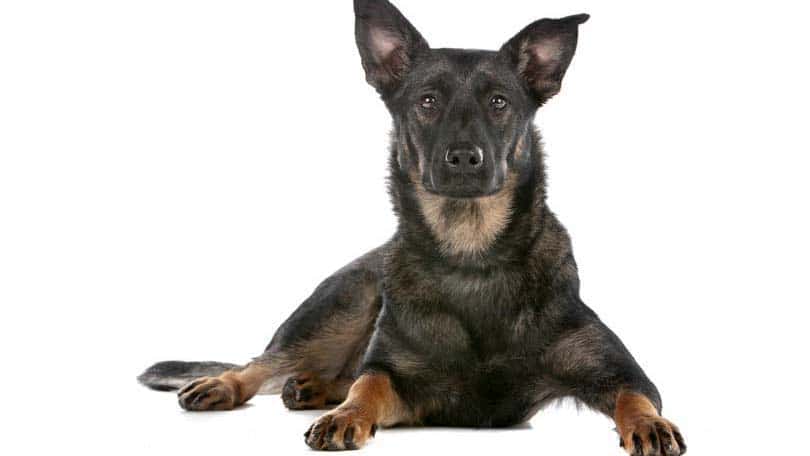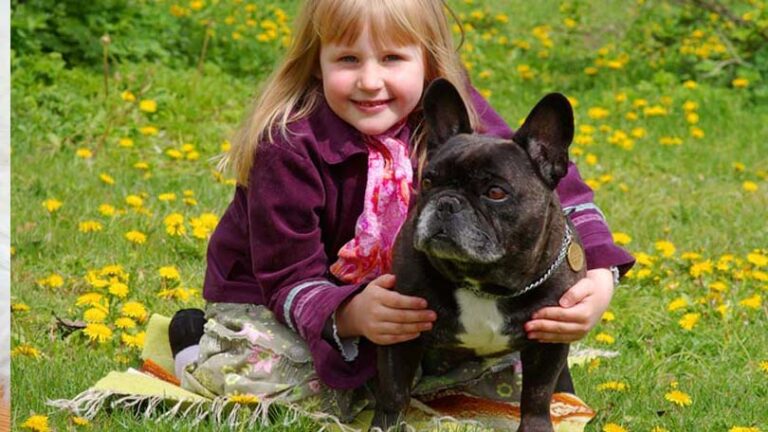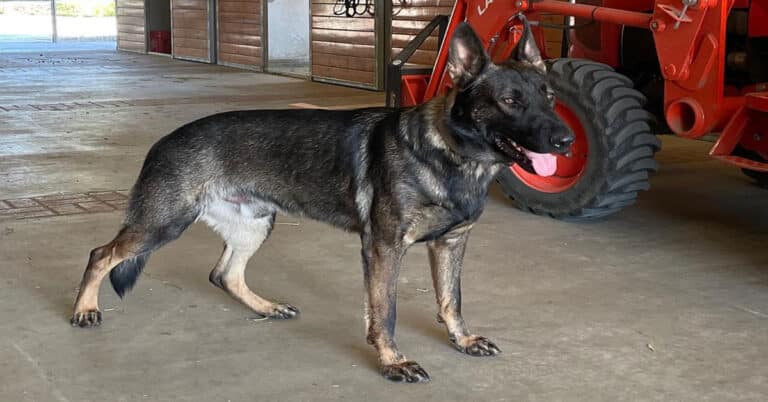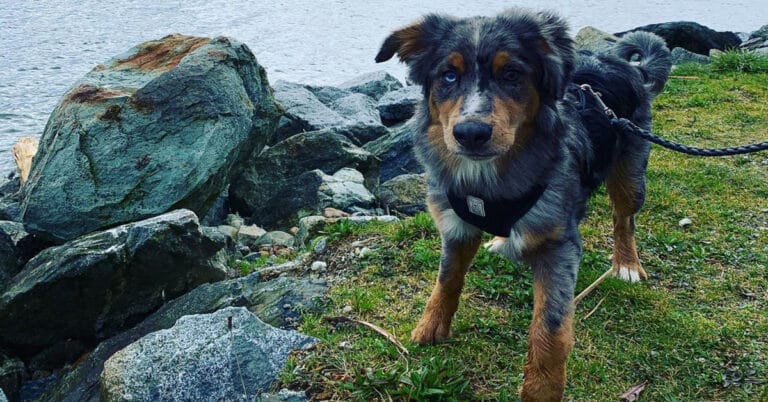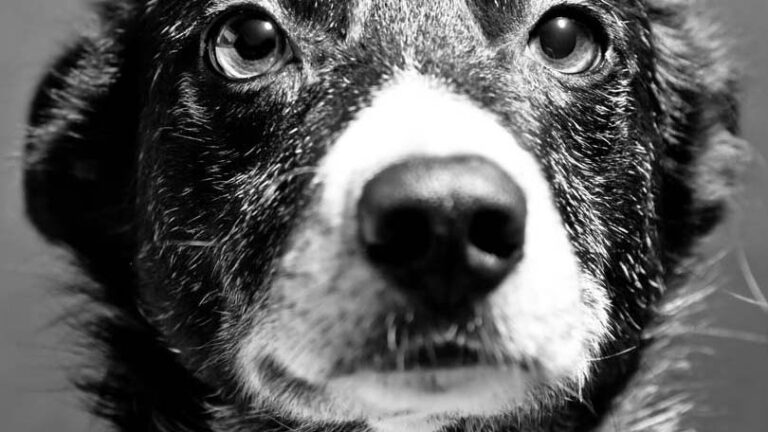Watchdogs and Guard Dogs
If you’re looking for a watchdog, there’s a school of thought that believes you should choose a dog breed that is big and scary, and many people say also dark in color, preferably black. But before you rush out and buy a giant black dog for this purpose, do a bit of homework to make sure that you are really going to get a watchdog rather than a good buddy with a big appetite and a serious love of home comforts. You also need to be sure that you aren’t getting an unpredictable pet that will attack friends and family.
If you want a genuine guard dog, you will need to choose a breed that is known to be trainable for this purpose. Then you will need to follow through with training and be responsible in terms of other people’s accessibility to the dog. For example, if your dog is trained to attack, you need to be sure that it won’t attack without your command.
Dogs generally have a well-developed sense of territory which can be nurtured. In fact just about any breed, however small, can be trained as a watchdog. A lot of people believe that little breeds are often the best choice because they raise the alarm by barking . All healthy dogs have a very acute sense of hearing, especially those with erect, pricked ears. But small dogs seem to respond by barking or yapping more readily than larger working dogs that tend to only bark when they get excited or are provoked.
If you want a dog that will protect you, or at very least frighten the intruder or person who is threatening you, then it is usually better to think big. Just how big the dog should be will be your own decision.
Giant dog breeds do sometimes make good watchdogs, but generally they don’t make good guard dogs. This is because they are alert and “on guard”, protective of their owners, but not usually killer-instinct animals. This means that they will do what a watchdog should, and that is to alert you when an intruder or unwanted “visitor” enters your property.
There are quite a few giant dog breeds around, the best known being Great Danes, Irish Wolfhounds, Scottish Deerhounds, the Saint Bernard, and one of the most recently defined breeds, the South African Boerboel (or farm dog). Most are considered to be good “watch” dogs, but not necessarily guard dogs, unless they are trained for the job, although Boerboels may be successfully trained to attack.
Centuries ago Great Danes were used for fighting and hunting, and people do still use them for guarding. But it is their formidable size and presence, rather than ferocity that makes them suitable for this purpose. They are also generally much happier being indoor dogs than outdoor dogs, and thrive on human company. A lovely quote from a woman who works with Great Danes who have been abandoned is “you’ll never have a gun at your head if you own a Great Dane”. They are such sweet, gentle creatures, but those who don’t know the breed see them as huge, intimidating creatures that are very likely to do human bodily harm if somebody confronts or challenges you physically. The same is true for Boerboels which were bred from large, powerful Mastiffs. While Great Danes are often called “gentle giants”, Boerboels should probably be called cuddly bears.
Usually it is large, rather than giant breeds, that make the best guard dogs, like German Shepherds (or Alsations) and Dobermann Pinschers. These are two popular choices, because they can both be easily and successfully trained to attack. Originally used as a herd dog, Alsations are used by police and military all over the world and are brilliant for tracking and crowd control. They can make wonderful family pets, although people sometimes distrust them, probably because of their wolf-like looks. Another German breed, Dobermanns also excel as guard dogs and are frequently used for police work in some parts of the world.
Color will be another personal choice. In terms of successful watchdogs, color seems to be an instinctual thing, probably because a dark brown or black dog will not be seen by intruders, while light-colored dogs will be seen immediately. A large, dark creature lurking in the shadows can be incredibly scary, especially when it starts to bark. As long as the intruder doesn’t remember the old adage: “Its bark is worse than its bite”.

Having discovered a fondness for insects while pursuing her degree in Biology, Randi Jones was quite bugged to know that people usually dismissed these little creatures as “creepy-crawlies”.

